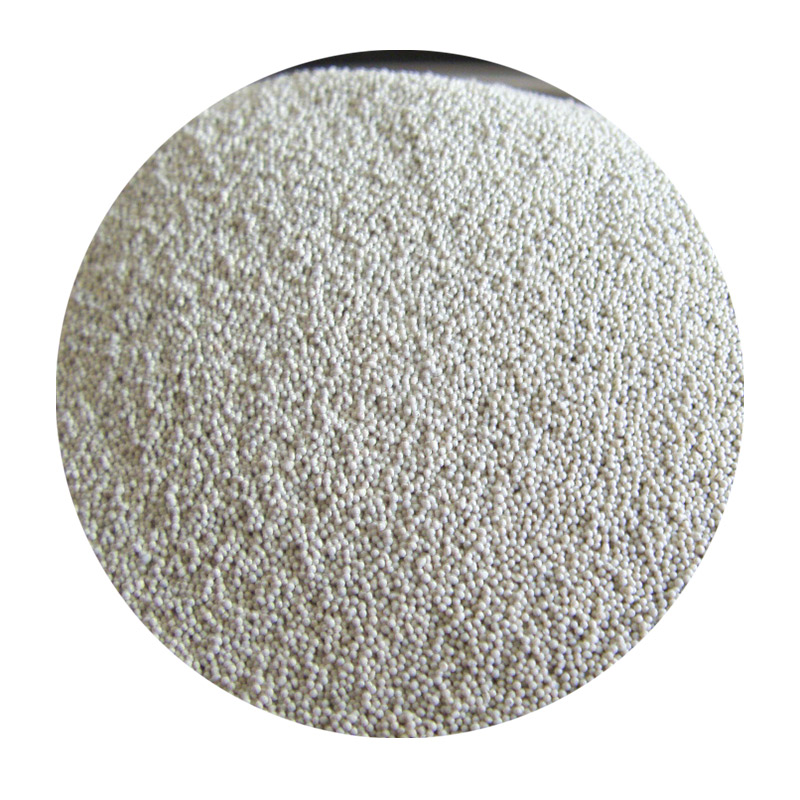3D Printing a Sanding Tool Revolutionizing Sanding Processes
In recent years, the world of manufacturing and DIY projects has undergone a significant transformation with the advent of 3D printing technology. One of the fascinating applications of this technology is the production of specialized tools, such as sanding tools, which can enhance efficiency, customization, and functionality for various tasks.
Sanding is a fundamental process in woodworking and metalworking that prepares surfaces for finishing, smoothing out imperfections, and ensuring a professional result. Traditionally, sanding tools like blocks, discs, and hand-held sanders have been widely used. However, with 3D printing, enthusiasts and professionals alike can design and create sanding tools that cater specifically to their needs.
3D Printing a Sanding Tool Revolutionizing Sanding Processes
Another significant benefit of 3D printing is the material flexibility it offers. Various filament options, such as PLA, ABS, and PETG, allow users to create sanding tools that are lightweight yet durable. The choice of material can also influence the texture and grip of the sanding tool. For example, rubberized filaments can be used to create comfortable handles that enhance grip during use, reducing fatigue over prolonged periods.
sanding tool 3d print

Moreover, 3D printing enables rapid prototyping. Users can iterate on their designs quickly, testing different forms and functionalities without the extensive lead time associated with traditional manufacturing processes. If a sanding tool prototype doesn’t perform as expected, adjustments can be made swiftly and efficiently, allowing for continuous improvement and innovation.
The environmental aspect of 3D printing sanding tools should not be overlooked as well. By creating tools on-demand, there is significantly less waste generated compared to mass production methods. Additionally, users can utilize recycled filaments, further reducing the environmental impact of their projects.
However, while the advantages are numerous, it’s essential to approach 3D printing of sanding tools with some challenges in mind. For instance, the strength and durability of 3D printed materials may vary depending on the technology and settings used during printing. Users must carefully consider the specifications of their designs and the materials they choose to ensure that their sanding tools are sufficiently robust for the tasks at hand.
In conclusion, 3D printing is transforming the way sanding tools are conceptualized and produced. With enhanced customization, material variety, rapid prototyping capabilities, and environmental benefits, 3D printed sanding tools offer exciting possibilities for both hobbyists and professionals. As technology continues to evolve, we can expect to see even more innovative applications within the realm of sanding and beyond. The future of tool manufacturing is indeed bright, and 3D printing stands at the forefront of this revolution.
Post time:Set . 22, 2024 18:12
Next:cast of sand castles 2014
